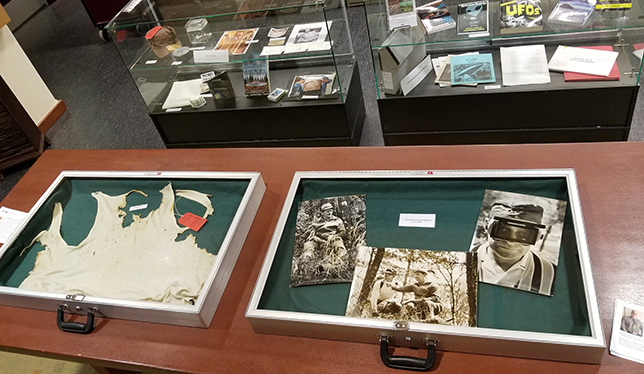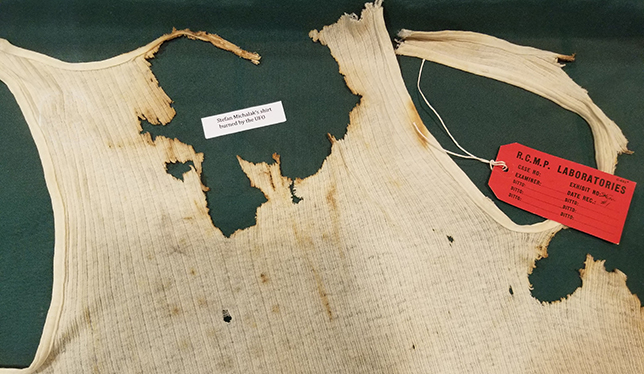The University of Manitoba’s collection of the paranormal just got a little further out of this world. In October, the university’s archives and special collections unit received a private donation by Canadian ufologist Chris Rutkowski of some 30,000 UFO-related materials. It all adds to the university’s already impressive Psychical Research and Spiritualism Collections, making it a hub for paranormal archival research in Canada.
According to Shelley Sweeney, the recently retired head of archives and special collections at U of M, the artifacts donated by Mr. Rutkowski detail various UFO sightings. “People from all across Canada would gather the sightings and then they would feed them to him, and he would create an annual report,” she says.
Read also: Making sense of the paranormal
The donation includes 20,000 UFO reports filed since 1989, 10,000 UFO-related documents from the Canadian government, and artifacts from Stefan Michalak’s 1967 encounter with a UFO in Falcon Lake, Manitoba, including the burned clothing he wore that night. There’s also more than 2,000 books on UFOs and research from 10 books by Mr. Rutkowski (who is also a science writer and media relations specialist at U of M).

“This is a larger amount of material than we normally get for sure. It’s an extraordinary archive,” says Dr. Sweeney. It’s also the first UFO-related material that has been added to the university’s Psychical Research and Spiritualism Collections. “It signals to people that this is a place where we entertain collections that look at life in a different way, that we’re open to at least considering that there might be some other alternative reality other than what we experience,” Dr. Sweeney says.
The spiritualism collection started with a collection of séance photos from the family of paranormal researchers T.G. and Lillian Hamilton that date from 1918 to 1945. It has since grown to more than 50 fonds and collections, attracting researchers from various fields who are looking into paranormal events, or what beliefs in the paranormal can tell us about the human condition. It’s this aspect of the collection that Dr. Sweeney says most often draws researchers to it.
Jennifer Douglas is one of these researchers. An assistant professor in the University of British Columbia’s school of library, archival and information studies, she came upon the Hamilton séance photos almost by accident while researching grief in online communities.

“I read in the biography of T.G. Hamilton that he with his wife Lillian turned to psychical experiments after the death of their son, and I thought this does actually connect really well to the work I’m doing because … it’s the same kind of instinct I was seeing in parents in online communities,” Dr. Douglas says.
Dr. Douglas says that while someone’s first instinct may be to laugh at spiritualism (in fact many people do just that when she shows the séance photos in presentations), it can teach us about human trauma and grief.
“If you think about this from the perspective of grieving and connection, and that deep longing that you have to be able to maintain a connection with someone who’s passed away … then it starts to be not so funny, right? And it doesn’t matter if it’s real or not real.”
It’s this aspect of the collection that Dr. Sweeney says most often draws researchers to it.
“People are plenty welcome to be skeptical,” says Dr. Sweeney. “Believe it, don’t believe it; that’s really immaterial. It’s documenting a social phenomenon.”